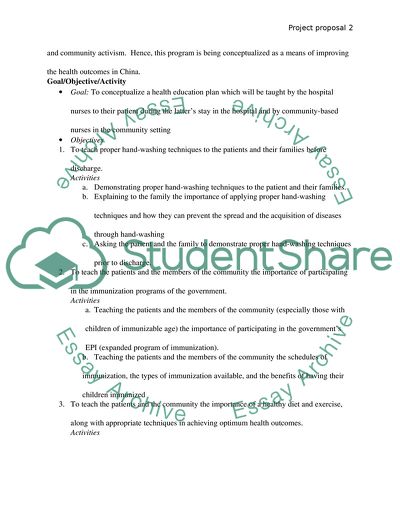Cite this document
(“Nursing Initiatives in Global Health Promotion and Education Assignment - 1”, n.d.)
Nursing Initiatives in Global Health Promotion and Education Assignment - 1. Retrieved from https://studentshare.org/health-sciences-medicine/1748418-chinas-health-care-initiative
Nursing Initiatives in Global Health Promotion and Education Assignment - 1. Retrieved from https://studentshare.org/health-sciences-medicine/1748418-chinas-health-care-initiative
(Nursing Initiatives in Global Health Promotion and Education Assignment - 1)
Nursing Initiatives in Global Health Promotion and Education Assignment - 1. https://studentshare.org/health-sciences-medicine/1748418-chinas-health-care-initiative.
Nursing Initiatives in Global Health Promotion and Education Assignment - 1. https://studentshare.org/health-sciences-medicine/1748418-chinas-health-care-initiative.
“Nursing Initiatives in Global Health Promotion and Education Assignment - 1”, n.d. https://studentshare.org/health-sciences-medicine/1748418-chinas-health-care-initiative.


